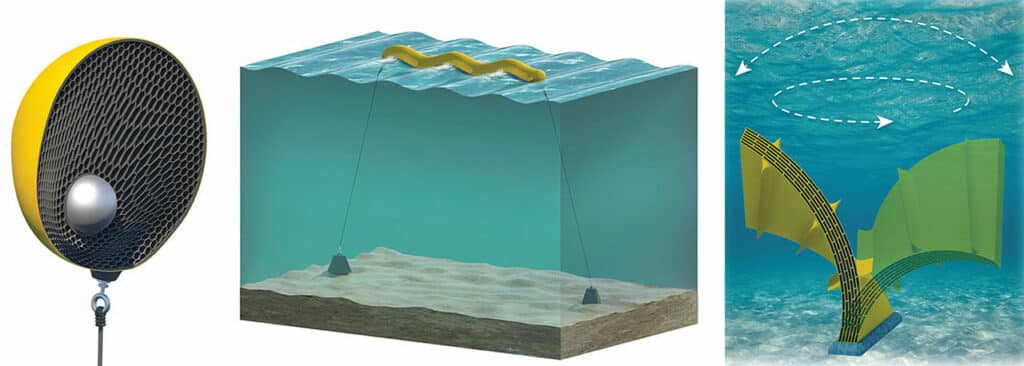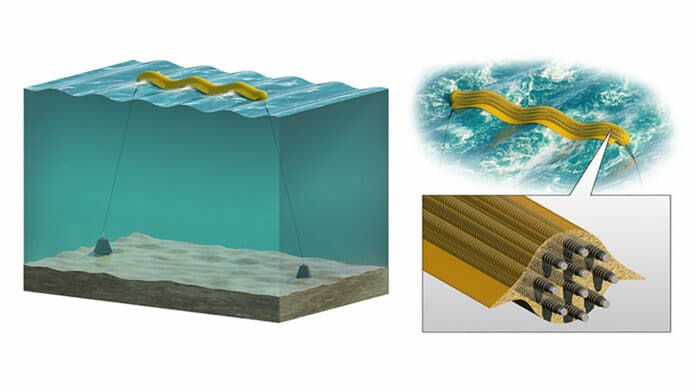Researchers at the National Renewable Energy Laboratory (NREL) have revealed a new wave energy technology that could generate clean electricity from ocean waves or even from clothing, cars, and buildings.
NREL has already received a patent for a fledgling technology domain – distributed embedded energy converter technologies (DEEC-Tec) – that will be applied for marine energy converters. The invention’s first patent is specifically for applications in marine renewable energy from the ocean and river waves, currents, and tides. But DEEC-Tec could eventually transform sources of everyday energy, including almost all physical motions or dynamic shape changes, into electricity or other forms of usable energy.
How does this promising DEEC-Tec domain actually work?
In the DEEC-Tec domain, individual energy converters work together, like muscle cells, to create a larger structure. Most devices use one generator to convert ocean energy into usable, clean, and renewable sources of energy, including electricity. DEEC-Tec, on the other hand, combines its many tiny converters to form one larger, often flexible energy converter.
Flexible wave energy converters, also known as flexWECs, are one of the prominent features of DEEC-Tec. FlexWECs can harness and convert waves into usable energy throughout their entire structure. So, energy converters will be there to convert wave energy into electricity regardless of where or how it interacts with a device’s structure.

The flexWECs avoid accumulating ocean wave forces that could potentially shut off or damage the machine because they do not concentrate ocean wave energy into a singular energy converter or one power transmission system.
FlexWECs’ frames could also enable them to harness energy from a far wider range of ocean locations and wave energy frequencies. “One day, there could be DEEC-Tec-based marine renewable energy farms off the coast of California, Oregon, or Washington, with these types of wave energy converters potentially powering coastal communities or the utility grid at large,” said Blake Boren, a senior engineer at NREL and the lead inventor on the patent.
Moreover, DEEC-Tec’s flexible archetypes could offer an especially cost-effective way to harness wave energy. FlexWECs can also be built with more sustainable, cost-effective materials, making them easier to install and control out in the ocean. Greater control could mean increased energy production, allowing operators to adapt to changing ocean conditions to harness the greatest amount of potential energy.
The NREL team is working hard to explore exactly how these technologies could create a new generation of marine energy devices or other energy-generating materials. “The patent gives further credence as to what DEEC-Tec could become,” Boren said. “Now, we have a patented foundation to further develop and promote DEEC-Tec both within NREL and with our external collaborators and industry.”
